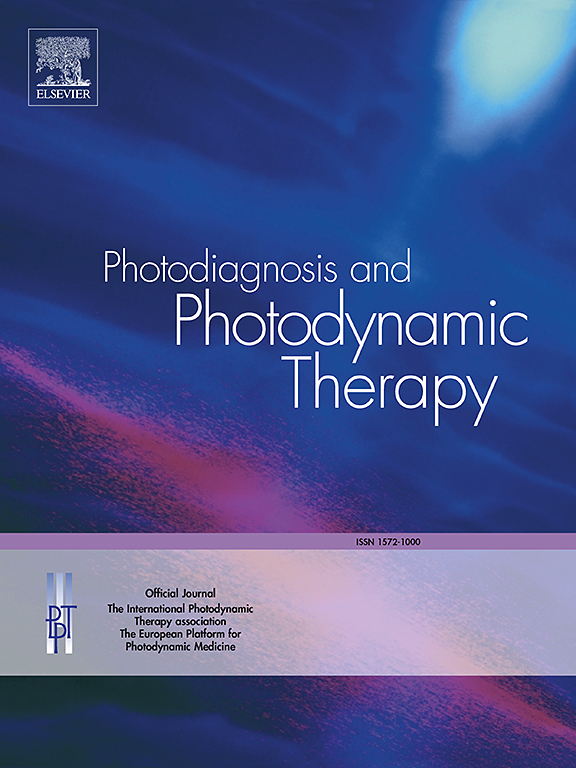皮肤病变的荧光图像及卷积神经网络的自动诊断。
IF 3.1
3区 医学
Q2 ONCOLOGY
引用次数: 0
摘要
近年来,由于卷积神经网络和变压器的发展,人们对将深度学习(DL)应用于医学诊断的兴趣迅速增加。尽管DL技术取得了进步,但皮肤癌的自动诊断仍然是一个重大挑战。模仿皮肤科医生,深度学习方法使用从智能手机获取的临床图像并考虑患者病变信息,已经达到接近专家的性能水平。虽然包括临床信息,如病变是否出血、疼痛或瘙痒,可以改善诊断指标,但它不足以正确区分一些主要的皮肤癌病变。另一种诊断皮肤癌的技术是荧光宽视场成像,即用激发光照射皮肤病变,使其发出荧光。由于没有皮肤病变荧光图像的公共数据集,据我们所知,已经做出了努力,并通过使用手持式LED挥舞场荧光装置的智能手机拍摄了1563张主要皮肤病变的荧光图像。对收集到的图像进行注释和分析,创建一个名为FLUO-SC的新数据集。然后利用这些荧光图像应用卷积神经网络对皮肤病变进行分类。实验结果表明,荧光图像与临床图像(基线)在区分主要皮肤病变方面具有竞争力,并显示出很好的鉴别潜力。本文章由计算机程序翻译,如有差异,请以英文原文为准。
Fluorescence images of skin lesions and automated diagnosis using convolutional neural networks
In recent years, interest in applying deep learning (DL) to medical diagnosis has rapidly increased, driven primarily by the development of Convolutional Neural Networks and Transformers. Despite advancements in DL, the automated diagnosis of skin cancer remains a significant challenge. Emulating dermatologists, deep learning approaches using clinical images acquired from smartphones and considering patient lesion information have achieved performance levels close to those of specialists. While including clinical information, such as whether the lesion bleeds, hurts, or itches, improves diagnostic metrics, it is insufficient for correctly differentiating some major skin cancer lesions. An alternate technology for diagnosing skin cancer is fluorescence widefield imaging, where the skin lesion is illuminated with excitation light, causing it to emit fluorescence. Since there is no public dataset of fluorescence images for skin lesions, to the best of our knowledge, an effort has been made and resulted in 1,563 fluorescence images of major skin lesions taken by smartphones using the handheld LED wieldfield fluorescence device. The collected images were annotated and analyzed, creating a new dataset named FLUO-SC. Convolutional neural networks were then applied to classify skin lesions using these fluorescence images. Experimental results indicate that fluorescence images are competitive with clinical images (baseline) for classifying major skin lesions and show promising potential for discrimination.
求助全文
通过发布文献求助,成功后即可免费获取论文全文。
去求助
来源期刊

Photodiagnosis and Photodynamic Therapy
ONCOLOGY-
CiteScore
5.80
自引率
24.20%
发文量
509
审稿时长
50 days
期刊介绍:
Photodiagnosis and Photodynamic Therapy is an international journal for the dissemination of scientific knowledge and clinical developments of Photodiagnosis and Photodynamic Therapy in all medical specialties. The journal publishes original articles, review articles, case presentations, "how-to-do-it" articles, Letters to the Editor, short communications and relevant images with short descriptions. All submitted material is subject to a strict peer-review process.
 求助内容:
求助内容: 应助结果提醒方式:
应助结果提醒方式:


